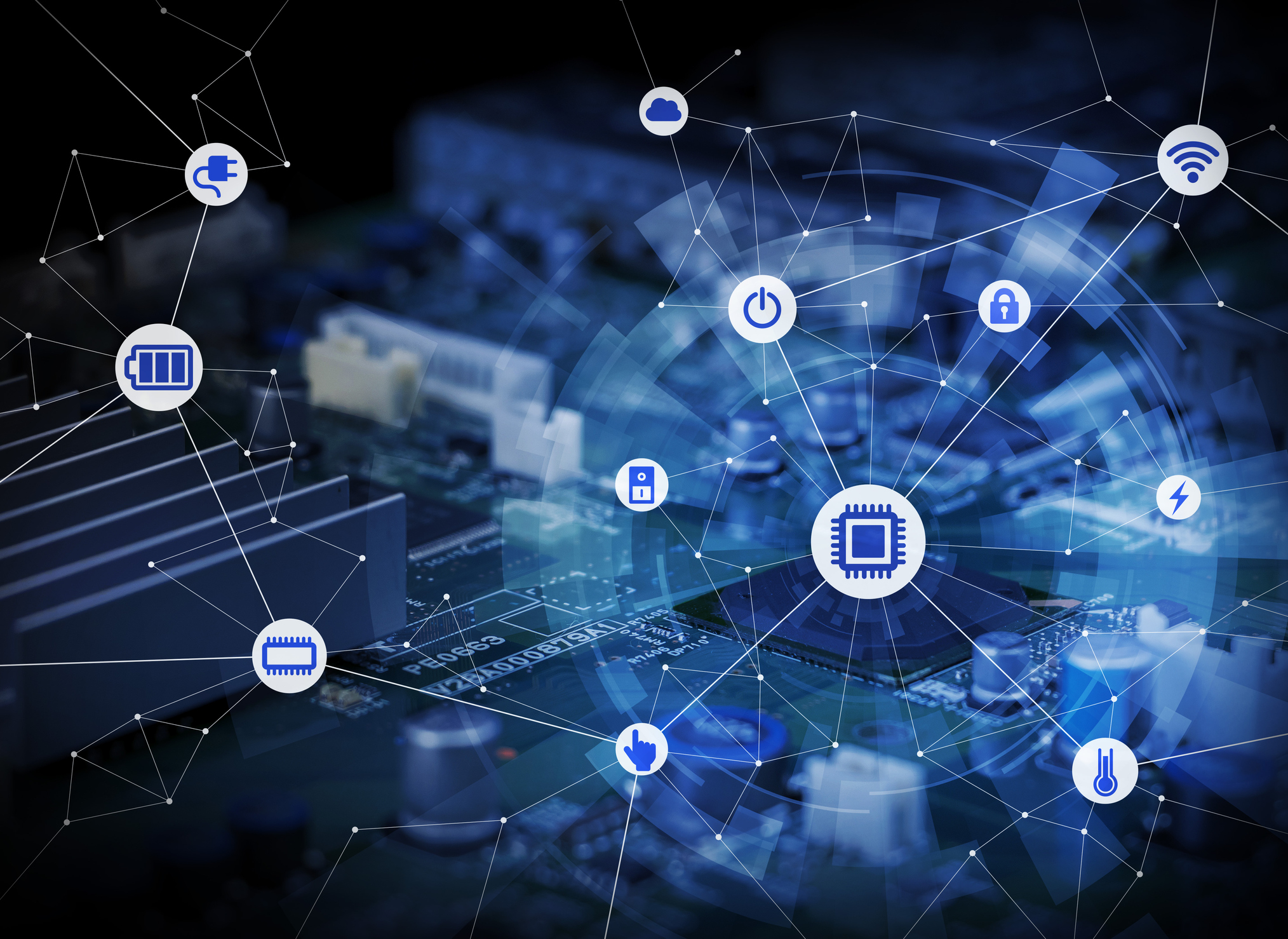For the asset management industry, the Internet of Things is proving to be hugely transformative.
Kevin Ashton, a digital innovation expert who coined the term IoT, defines it as:
"If we had computers that knew everything there was to know about things — using data they gathered without any help from us — we would be able to track and count everything, and greatly reduce waste, loss and cost. We would know when things needed replacing, repairing or recalling, and whether they were fresh or past their best.”
The advantages of IoT for the asset management industry are clear. By collecting data through the IoT and using Artificial Intelligence (AI) and Machine Learning (ML) to analyse it, managing built assets will become much easier and more efficient. They can be monitored centrally, with remote diagnostics to identify issues without manual checks. Let’s look at how this works.
Sensors such as smoke and heat detectors that trigger emergency sprinkler systems have been a legal requirement for some time and older buildings have these sensors installed. Typically these have to be manually checked and maintained, and aren’t interconnected or online. This involves a lot of human time and labour, and there’s the risk of disastrous delay if a sensor fails shortly before a fire breaks out.
Sensors are now smarter and more powerful. They may be wireless or self-powered, making them easy to apply anywhere in a building and requiring virtually no routine maintenance. They’re connected to the internet and they can capture a much wider range of critical data. Instead of just smoke and heat, this may include light, acoustics, motion, humidity, vibrations subsidence, dust and mould. All this information can be transmitted to the cloud for analysis.
As an example, South Australian company Myriota has created water level sensors that can transmit information to nanosatellites. The sensors have inbuilt AI which helps them predict when a tank will run out of water. Instead of a farmer having to physically visit and check every tank, which are often spread out across hundreds of kilometres, they get instantly alerted to any problems which can then be fixed without delay - preventing the loss of valuable livestock.
IoT and Machine learning
Machine learning takes this a step further. Currently, so much data is being collected that computers are needed to sort and analyse it, detecting patterns that human analysis may miss. The more that computers do this, the more they can progressively learn from Big Data sets to make smarter decisions.
By taking thousands of data points from all over a building, computers can "learn" about the actual usage of each area within the building. Insights can then be generated about cost-efficiency, as well as forecasting long-term costs and improvements. If a building manager is informed by the insights generated by IoT sensors, they know that occupancy rates on specific floors of a building are higher on certain days of the week, or that conference room usage is higher at certain times of year, they can plan maintenance, repair, security and other budgets more precisely. Similarly they can detect under-utilised areas, where there may be capacity for more usage, and pass this data to marketing or scheduling teams.
Google has used machine learning algorithms to cut its data centre energy bills. Information was fed from its data centres to a computer that analysed different configurations of cooling systems, such as fans and ventilation. Over time, the algorithm figured out the best settings to save power. This resulted in a 40% reduction in cooling energy needed.
Preventative and predictive maintenance
By analysing historic and current data to identify correlations between existing performance and potential malfunctions, AI can enhance preventative maintenance. For example increased mould and humidity levels may have historically occurred before a water leak was detected. Or elevator mechanisms may generate more heat, friction or noise ahead of a breakdown.
Once these patterns are identified, eventually this evolves to predictive maintenance, when deterioration can be anticipated based on historic failure times. This means maintenance can take place even before a malfunction occurs, preventing it altogether.
Elevator companies such as Kone and ThyssenKrupp are using IoT and AI to generate predictive insights about lifts. Data from hundreds of thousands of lifts is being uploaded to the cloud, so trends can be spotted in advance. A slight increase in the time it takes for lift doors to close may indicate that a mechanism needs lubrication, or higher numbers of door cycles may warrant more frequent maintenance schedules.
At AssetFuture, we work with customers to identify how IoT can potentially help their businesses. We install IoT enabled sensors to monitor factors such as temperature, humidity, lighting and vibration. This data is then analysed to provide insight and alerts on environmental conditions within the asset, the probability of failure hotspots, and dynamic degradation modelling. For example, environmental conditions have been identified as a key contributor to positive learning outcomes within schools, so collecting and analysing this data is an efficient and accurate way to more successfully manage assets and business outcomes.
The potential of IoT and AI for the management of built assets is exciting and will be a game changer for the industry. Forward thinking asset owners and managers should embrace these technologies and work with partners who understand how to maximise the opportunities on offer.


